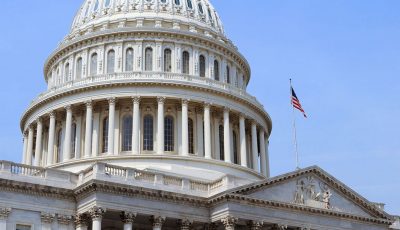CUC needs $18M for recovery
The Commonwealth Utilities Corp. will have the largest claim by far out of the $22 million budget approved by federal agencies for public infrastructure assistance after the devastating Typhoon Soudelor—at some $18 million to $20 million “so far,” utility officials said.
The estimated figure will account for transmission and distribution, power generation, and water and wastewater repairs.
Per the latest statistics, Typhoon Soudelor damaged 355 wooden power poles, 195 transformers, and 137 meters within the CUC system on Saipan. But these numbers are expected to grow.
CUC management told board members yesterday that assessment was completed, but data needed to be inputted.
Chief financial officer Matthew Yaquinto told board members that the data input was a “huge undertaking.”
“The utility has been severely impacted,” acting CUC executive director John Riegel also told board members.
Yaquinto had an initial meeting with Federal Emergency Management Agency officials yesterday morning to discuss funding limits and guidelines for FEMA assistance.
FEMA this week approved the CNMI government’s funding request for $22 million in public infrastructure assistance.
When pressed for CUC’s “share” of this figure, Riegel said that the estimate-to-date would change after full assessment is completed.
“We are looking at close to $20 million,” Riegel said. “Depending on what the FEMA share will be—that amount [left over] will be the burden of CUC and the CNMI.”
Saipan Tribune tried but failed to get comments from FEMA.
Riegel noted that this was the figure “so far.”
Whenever CUC does complete full recovery, residents can expect a new power grid.
A total of 1,200 power poles have been ordered or will be ordered; 200 of these will be concrete poles. The first 90 will be installed at the Chalan Kiya substation and in wetland areas.
FEMA guidelines say that “permanent work” or the ones that CUC aims to complete must be completed in 18 months.
Riegel does not believe it will take that long.
“We will have poles and the wires strung in that [18 months] time, but if there is anything more significant than that like rebuilding” facilities at their power plant “that may take longer. But so far that is not in the scope of work,” he said.
There are limiting factors, though, to full power recovery.
Riegel acknowledges that these factors are why CUC has not provided an “ETA” or date of power restoration.
A barge with 90 concrete poles from Guam—the first concrete poles to be laid in the CNMI—was set to arrive last Saturday. But according to Riegel, mechanical and weather issues have delayed its arrival.
“Shipment of materials and the fact that we are limited in resources, equipment and manpower,” Riegel said, when asked to describe their limiting factors.
CUC needs heavy equipment like bucket trucks, digger, pole truck and trailers, wire, transformers, and other material for their efforts.
Riegel said CUC has an auger and bucket truck, and has brought in drill and bucket trucks from the Guam Power Authority.
If we had more…we could have four crews going if we had equipment,” Riegel said.
“We can only in a day put in as many poles as the capacity of the rigs that we have now,” he said, adding that they are trying to ship more.
FEMA is assisting in these efforts. The FEMA Power Task Force has provided a schedule for the procurement, shipment, and placement of poles as of Sunday.
For “Week 1,” FEMA plans to source, procure, and deliver to 85 to 200 wooden poles via airlift.
Riegel noted this would be done through U.S. military assistance and that CUC has already ordered these poles.
FEMA, for Week 0 to 3, will install concrete poles between Cutoff Road and the airport.
FEMA says in weeks 3 to 4, poles that arrive via airlift will be installed.
FEMA says from Week 5 to 8, overhead crews will work on dressing installed poles.
On Week 6, FEMA says bulk delivery of remaining 750 to 865 “class 1” wind rate barge poles will be completed.
Restoration plans
Riegel said he asked Power Manager Gary Camacho for an “attack plan” for power restoration efforts, which will lay in sequence how CUC will restore power.
Riegel said this would be shared with the public.
“Our first priority was getting power to the hospital,” Riegel said. “Our second was to get power the airport—that’s what they are working on now. And they are very close.”
“The next priority is getting [power] to the business district in Garapan.”
Power Plant 1, which provides 70 percent of Saipan’s power, is running tests on its generators but not yet fully operational, according to Riegel.
Power Plant 4 is online but only provides power to the hospital, Riegel said.
Except for the hospital, all 14,622 electric customers on Saipan remain without grid power.



























